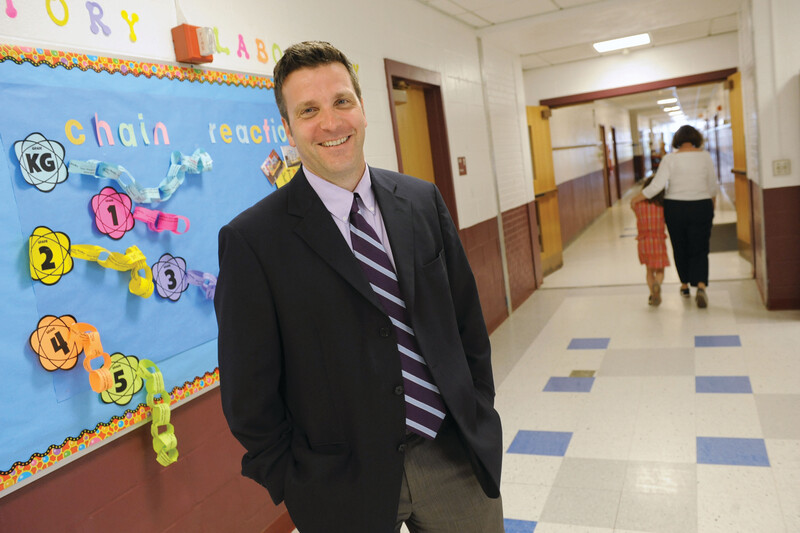Technology today allows us to parse, measure, and report on just about everything, and because we can, we do. This focus on measurement sometimes leads to changed behavior. Amazon, for example, is proposing to pay some authors on the basis of the actual number of pages read in their books, instead of by the number of copies sold. So much for royalties! Then there's my new electronic bracelet; it records my steps, heartbeat, calorie consumption, and sleep patterns, and as a result I'm walking more to reach my 10,000-step daily goal!
Schools are awash with measurements. Forget dreams; education is increasingly becoming a field of yardsticks. Online programs that teach writing record not only the final product, but also track the revisions made along the way and how much time the writer spent crafting them. The National Assessment of Educational Progress (NAEP) is developing standardized tests that measure students' grit and desire for learning.
Information enables us to understand what's happening; with that knowledge, we can prioritize, motivate, and monitor. I'm all in favor of measuring what's important, assessing our efforts, and deciding what needs to be modified. However, we need to be thoughtful about not only what is being measured but also what is being ignored.
I often hear principals complain of feeling besieged by the test score milieu in which we work. We talk about the importance of looking at the "whole child," but often that wider view of a child's growth and well-being is more talk than action; it's not part of the equation for determining success—either our school's or our own. District mandates, the media, and parent opinion focus only on test scores. We live and die by the stanine.
But that's partly our fault. We have a responsibility here; we need to be proactive in how we think about assessment.
Decisions about what to assess shouldn't be made without us or done to us. We should take the initiative and develop metrics to help frame our school and focus our efforts. Sure, many measures are thrust upon us, determined by state governments, school boards, and central office administrators, but we should be an integral part of the dialogue. We need to be able to say, "Yes, our students need to do well on traditional academic measures, but what else is important?" Let's decide how to measure and monitor what makes a difference.
Begin by looking beyond students' performance on test scores. What else is valued in your community? What's in your school's mission statement? Years ago, at an open house, I gave parents an index card and asked them to respond to the question, "What do I want my child to learn at New City School?" The responses were fascinating, most centering on self-confidence and love of learning. What would your students' parents say?
Regardless of where your school is or what challenges it's facing, I'm sure that everyone would endorse certain outcomes beyond the three Rs. Problem-solving and creativity would be on most lists; so, too, would responsibility and good behavior. I'd suggest that kindness is something we should elicit and support, and I believe that schools should be measured on their "smile quotient." Anyone walking in the halls or visiting classrooms should notice that both children and adults are enjoying learning. These are important life skills, and their presence will have an enormous impact on students' success, however that is defined. We know this, but too often we don't give time and energy to pursuing these attributes because they're not tallied on the public scorecard. Well, we can change that.
Why not convene a group of teachers and determine which one of these attributes will be your school's focus? The year has begun and systems are in place, so now is a good time to work on the value-added, to embark on efforts that will benefit your students and set your school apart.
Let's use creativity as an example. Your teacher task force might begin by talking about how to observe and record instances of creativity. As you're doing that, think about how to share this information with parents. I suggest using a different symbol system from the one you use for grade and test-score reports—or maybe not using symbols at all. Would rubrics work better? Avoid a traditional grading scale, and steer away from narratives. For that matter, consider whether this report would receive more attention if it were sent home at a different time than your traditional assessments. As your group develops the framework for adding creativity to your assessments, periodically share progress at faculty meetings or "open mic" events in which teachers are invited to hear progress and offer input.
Determining and pursuing assessments on the basis of your school's values can be wonderfully beneficial for your students, and the process will develop enormous collegiality among your faculty. Let me know how it goes. I'd love to hear a progress report on your progress!



